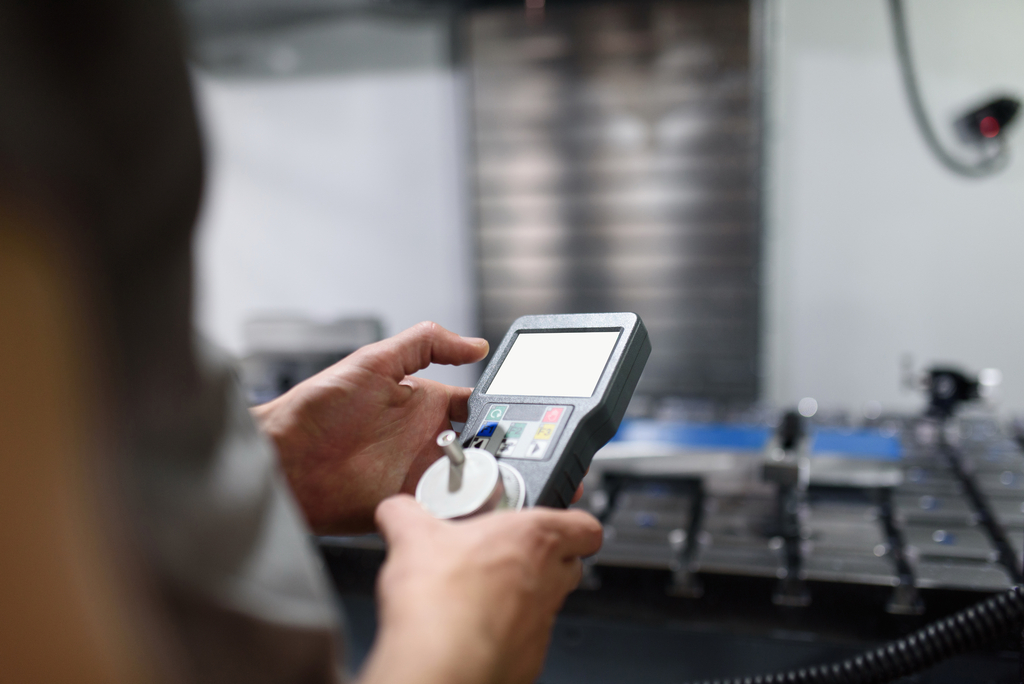Ensuring electromagnetic compatibility (EMC)
The product does not emit harmful electromagnetic waves,
Guaranteed to operate normally even under external interference


We support the evaluation and verification of compliance with each country’s technical requirements through product testing, inspection, and certification services.
CE marking is required to legally sell products on the European market.
We verify product safety, electromagnetic compatibility (EMC), wireless performance, specific area of exposure (SAR), and electrical safety.
Distribution without certification may result in administrative sanctions such as sales bans, recalls, and fines.
For wireless products, the following criteria apply:
The applicable guidelines vary depending on the product type, and multiple guidelines may apply simultaneously.
Applies to all wireless transmitters and receivers.
wireless communication devices
Wi-Fi, Bluetooth, LTE, NFC, RFID devices
Smart devices and IoT
IoT devices, smartphones, tablets, routers, etc.
Other electronic devices
Lighting, audio equipment, medical devices, industrial equipment, etc.
A European Notified Body (NB) examines and certifies part or all of a product.
Application for certification

Test progress

Authentication application

Certificate issuance
After the manufacturer conducts its own testing, it prepares a Declaration of Conformity (DoC).Attach the CE mark
Application for certification

Test progress

Issuance of test results